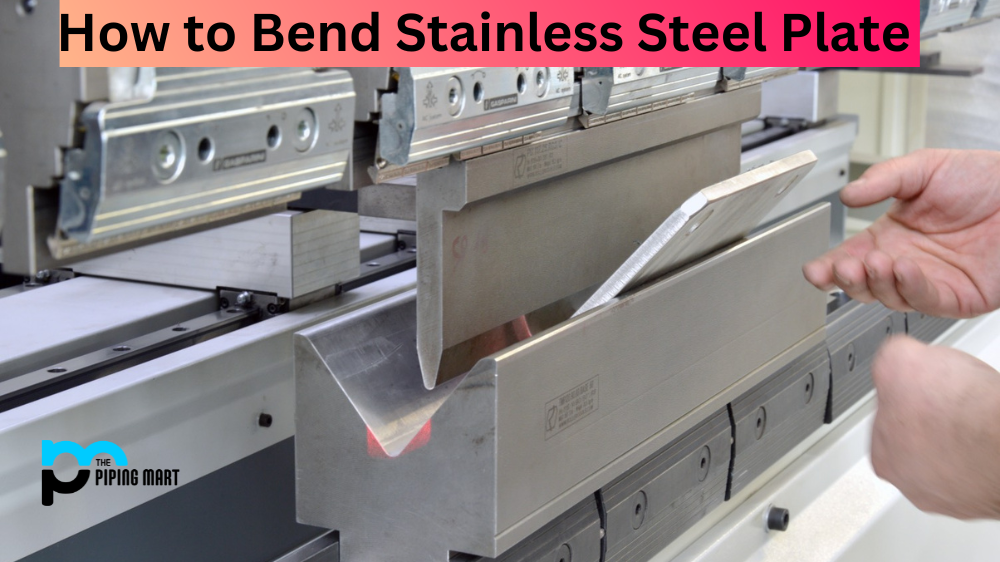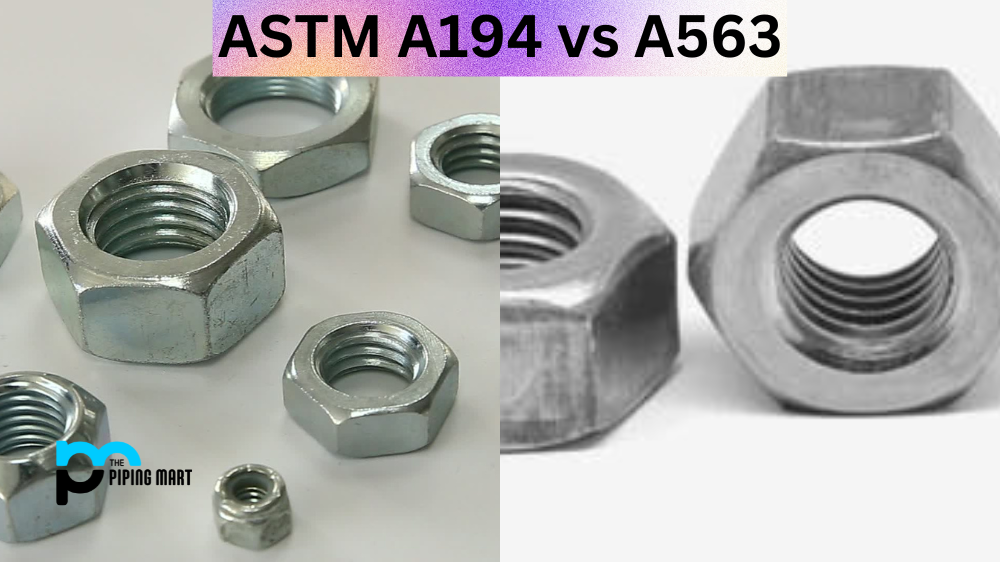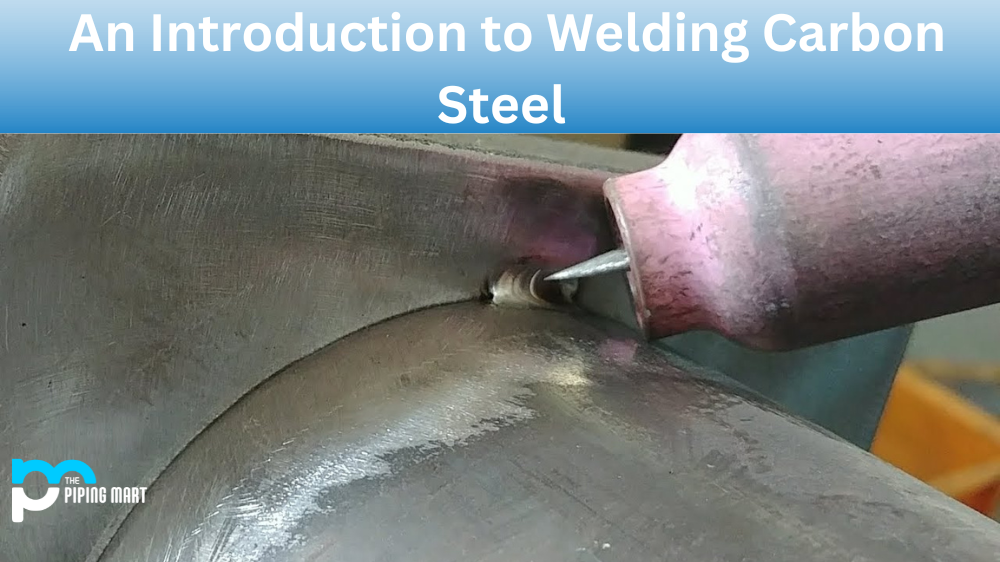Stainless steel plate offers a wide range of benefits and is commonly used in many industries, from decorative pieces to large-scale industrial applications. One of the most popular uses for stainless steel plates is bending them into different shapes, whether for decorative purposes or to fit the size and shape of a particular application. This blog post will discuss how stainless steel plates can be bent and which methods are best for different types of projects.
Bending Processes
There are several processes that can be used to bend stainless steel plates, each with its own advantages and disadvantages. The two most common methods are cold rolling and hot rolling. Cold rolling provides a more precise bend since it has less thermal expansion than hot rolling, but it also requires more force and pressure to achieve the desired results. Hot rolling is better suited for larger projects that require greater degrees of the bend as well as faster production times. It should be noted that hot rolling can cause warping due to its higher temperatures, so care must be taken when using this method.
Which Tools Should Be Used?
The tools needed for bending stainless steel plates depending on the type of project. For smaller projects where precision is not required, hand tools can be used, such as hammers or mallets. For larger jobs or if more accuracy is needed, hydraulic presses or other mechanical presses may be necessary. Specialty tools such as mandrels can also be used in some cases where extreme bends are required.
What Are Common Challenges?
One of the biggest challenges when bending stainless steel plates is cracking due to excessive force or uneven heating during the process. To prevent this from happening, it’s important to use an experienced professional who understands how much pressure and heat should be applied in order to get the desired results without damaging the material. Additionally, proper lubrication should always be used during the process in order to reduce friction between the plates being bent and any tools being used.
Conclusion:
Bending stainless steel plate has many advantages but comes with its own set of challenges as well. Understanding how different processes work and what tools are necessary can help ensure that your project turns out exactly how you want it while minimizing potential damage or warping due to improper techniques. With the right knowledge and experience, you can make sure that your stainless steel plate bends perfectly every time!

A passionate metal industry expert and blogger. With over 5 years of experience in the field, Palak brings a wealth of knowledge and insight to her writing. Whether discussing the latest trends in the metal industry or sharing tips, she is dedicated to helping others succeed in the metal industry.




